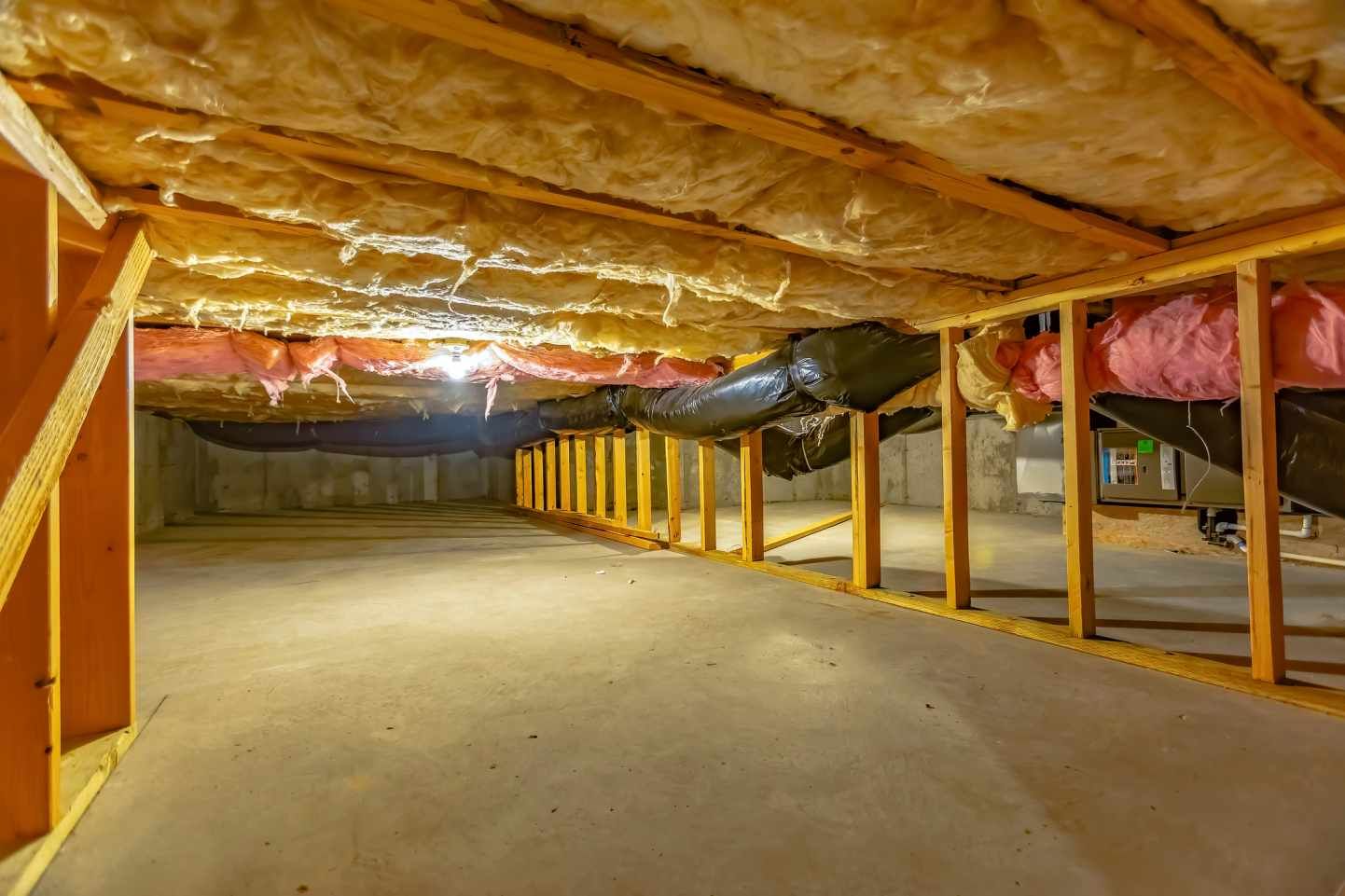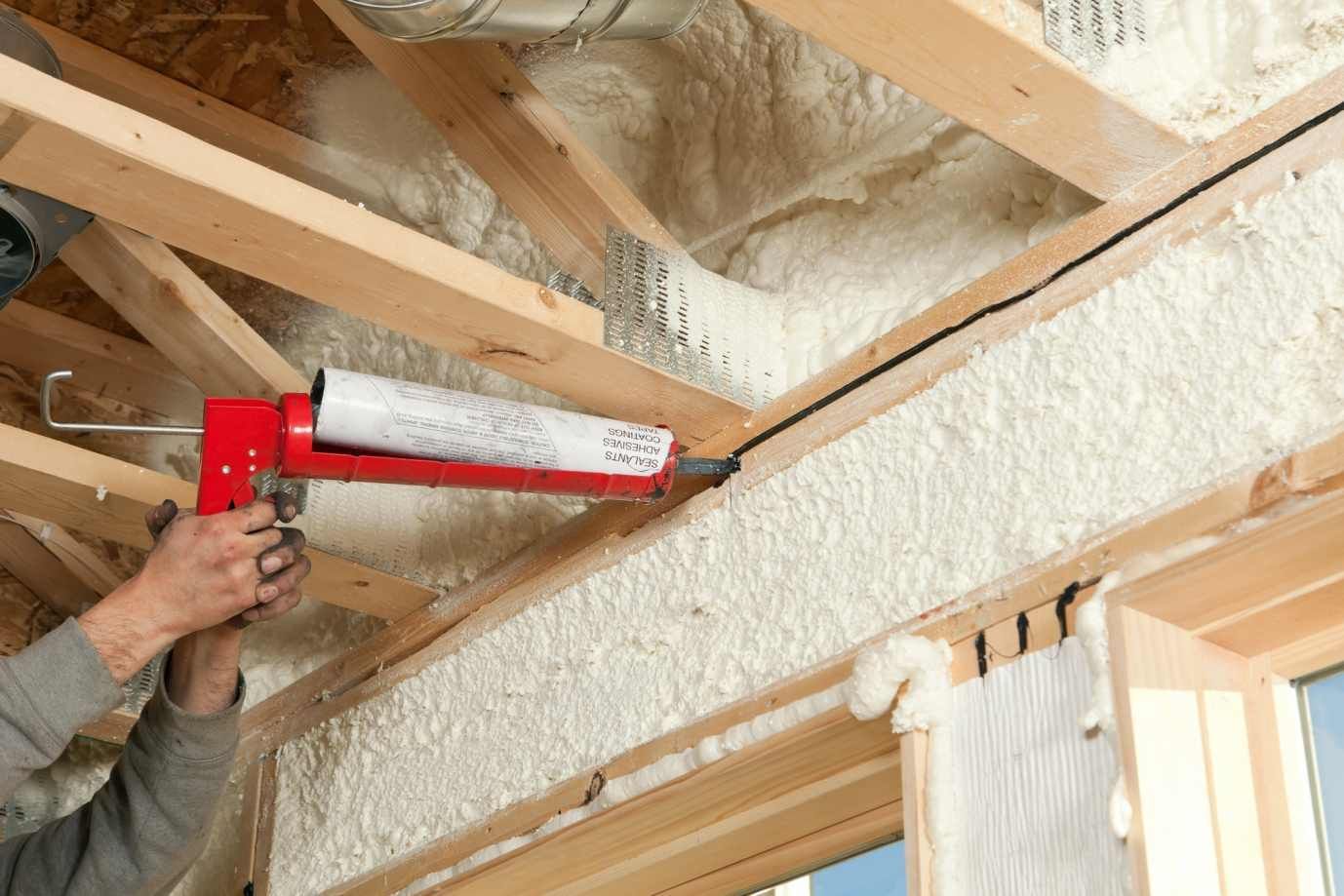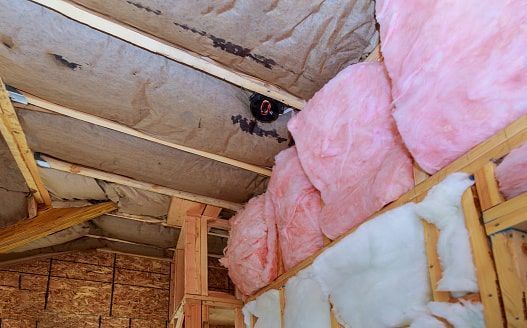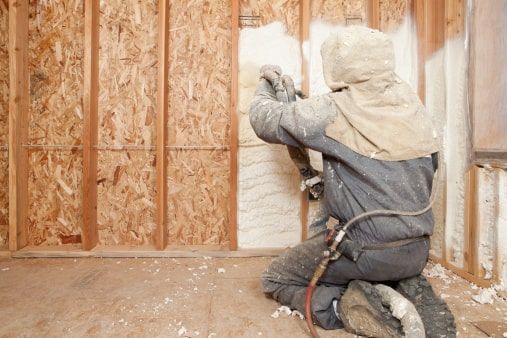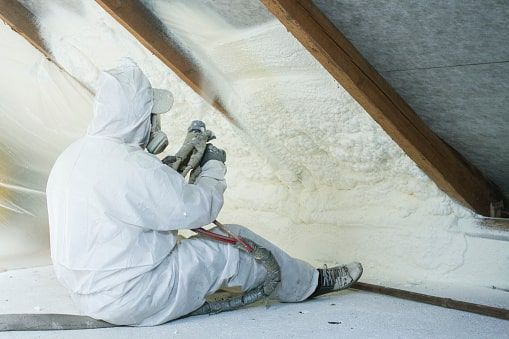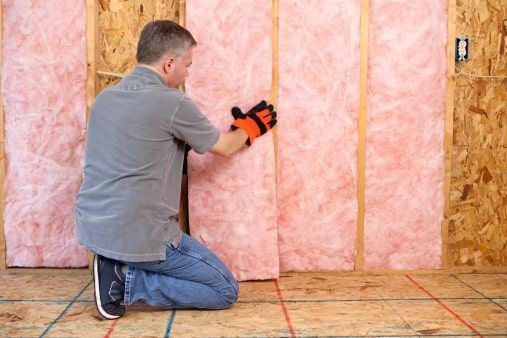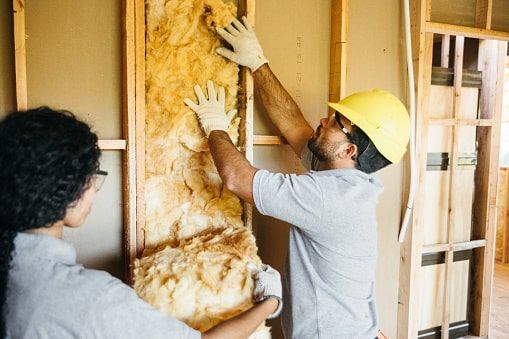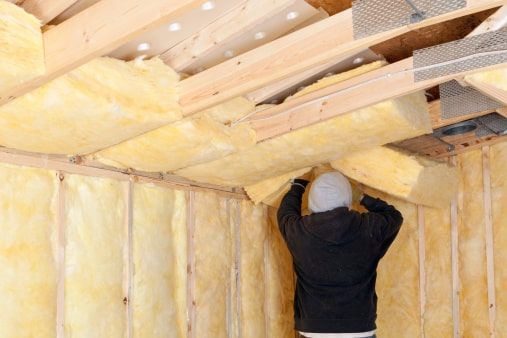Don’t Make These 8 Basement Insulation Mistakes
If you’re preparing to renovate your basement, insulation is required for your project to meet building codes. If you attempt the job yourself or hire an inexperienced contractor, blunders are bound to happen. Learn the most common basement insulation mistakes and how to avoid them.
- Choosing the wrong insulation material: Not all insulation is well-suited to the basement. One common mistake is using fiberglass batts in areas with high moisture or poor air sealing. Fiberglass works well in a dry, finished, and heated basement, but closed-cell spray foam or rigid foam boards are better if moisture is a concern.
- Installing without a proper vapor or air barrier: These barriers control moisture, but only if used properly. Never put plastic on both sides of the insulation, or moisture will get trapped inside your walls. Closed-cell spray foam does double duty, serving as both an air barrier and a vapor barrier. Rigid foam board also works well with proper air sealing.
- Neglecting gaps or air spaces: Leaving open spaces around studs, pipes, or wiring is another common basement insulation mistake. These air pockets circulate moisture, reduce insulation performance, and increase mold risk. Every gap should be sealed with insulation or foam to eliminate drafts.
- Using untreated wood against concrete: Framing with untreated wood directly against concrete is asking for trouble. Concrete naturally absorbs and holds moisture—and, as you know, wood warps and rots when repeatedly exposed to water. The answer is simple: use pressure-treated lumber anywhere it touches the foundation.
- Over-insulating without ventilation: More insulation isn’t always better. Over-insulating traps moisture and reduces airflow, leading to mold growth and structural issues. Stick to the recommended R-values, seal penetrations properly, and install controlled ventilation like exhaust fans and fresh air intakes.
- Ignoring rim joists and pipe areas: The area along the top of your basement walls is a big source of heat loss, as are the spaces around plumbing or ductwork penetrations. If left uninsulated, you may be subjected to uncomfortable temperatures and frozen pipes. Apply spray foam or caulk to seal up these areas before insulating.
- Neglecting thermal bridging: Even the best insulation can be undermined by thermal bridging, which is when heat travels through studs and joists. You might not be able to see through these structures, but wood is more conductive than insulation, giving heat a shortcut to escape. You need proper sealing, continuous insulation systems, or insulated framing techniques to prevent thermal bridging.
- Attempting a DIY job without experience: Basement insulation might seem simple, but it’s easy to do something wrong. Professionals get it right the first time, saving you money, effort, and headaches come inspection day.
Now that you know what not to do when insulating a basement, it’s time to find a trusted contractor for the job. Titanium Insulation has been serving the Greater Chicago area for years, with hundreds of satisfied clients that make us one of the region’s most trusted insulation partners. Our technicians are seasoned, handpicked veterans who treat every home like their own. We exceed customer expectations and meet strict building codes to maximize the value of your investment. Request your free basement insulation estimate today!



